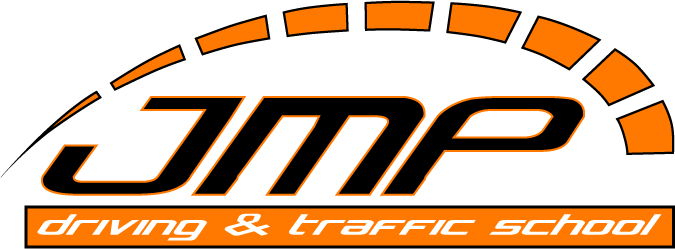High beams & what we need to know about them
/Every vehicle comes with 2 sets of front white lights. The lights to be used normally are named headlights or low-beams; however, there is another set of lights which are brighter and can provide longer distance visibility, these lights are name “high beams”. Our post today is dedicated to these high beams lights, because it is important to know when to use them and when NOT to use them.
Firstly, we just want to explain that the main purpose of these lights is to provide you longer range of visibility in dark areas, also to flash them to safely warn others about your presence. The law in Florida (state where conduct our operations) clearly defines the use of these lights, and details can be found at the Florida Statutes Chapter 316.238(1).
It mainly confirms that we should not use the high beams within 500 feet of any vehicle approaching in the opposite direction, to prevent the direct glare to the other driver. Also, we should not use them within 300 feet when we follow another vehicle, to prevent the possible reflection in their rear view mirror(s).
Now, there is a very important fact to consider when we want/need to use the high beams driving at night or in dark areas, car nowadays are coming equipped with powerful LED lights, which are brighter than former halogen lights. Having brighter lights means that distance to potentially blind or upset other drivers is longer, leaving the 500 feet (for oncoming traffic) or 300 feet (when we follow others) pretty much outdated.
At JMP Driving School, we teach our students the law concerning the use of the high beams and distance the law also stipulates, but considering the disparity between car with halogen lights and newer ones with LED lights, we always suggest to prevent the use of the high beams when another vehicle is in front (despite the distance) to prevent any glare in other drivers (and possible dangerous scenario).
Normal headlights (AKA low beams) are bright enough in newer cars, that using the high beams is barely needed. After all, the better the other driver can see, the less chances to end up in a collision with us, (we can call that Win-Win scenario). On the other hand, nobody in front of your car? turn them ON and enjoy them.
Q. Is using the high beams in traffic illegal.
A. YES, it is. Any driver found using the high beams within the established legal distance, is a noncriminal traffic infraction, which is punishable as a moving violation as provided in Florida Statutes Chapter 318.
Final note: the picture below shows you the power of new LED lights activated in high beams mode, just imagine this amount of brightness in other drivers eyes.
This picture shows the glare caused by stock high beams lights activated in a 2018 Toyota Corolla (equipped with LED lights).


